First let’s take a look at the Coffee Culture in Japan!
As far as hot beverages go, Tea tends to be the one most associated with Japan including the legend of Japanese Tea Ceremony. Coffee is most often linked to Europe or Americas. That said, there is a thriving coffee culture in contemporary Japan.
Coffee connoisseurs can find a range of fascinating and flavourful options in the country. Some of these relate to Japan’s creative approach to experimenting with beverages. Others are rooted in the calm and sophisticated experiences found in local Kissatens.
Whether coffee aficionados are planning a trip or are just interested in a different approach to the beverage, it’s worth taking a closer look at the coffee culture in Japan.
The Origins of Coffee Culture
Tea culture in Japan has a significant history. Yet, the origins of coffee culture in Japan can be equally interesting. That’s not to say that coffee was met with quite the same acceptance initially as tea.
Coffee was first brought into Japan in the 1700s by the Dutch traders. Japan has a reputation for a history of isolation (called Sakoku) and these traders were probably the only international connections the islands retained at that time. The introduction of coffee was relatively slow, as locals didn’t particularly enjoy the taste & flavour.
It was only with the introduction of the first coffee shop in Japan, founded in 1933 by Ueshima Tadao Seten, that coffee really started to take hold. And soon after, hurdles to the coffee’s growth arrived in the form of World War II, which saw coffee imports banned in Japan until 1950.
In the 1960s and 1970s, coffee culture as we would recognize it today really started to take hold, coinciding with the second wave of coffee culture in America. A range of coffee shops began springing up across the country, many of which featured popular European styles, such as espresso and cappuccino. However, over time, unique Japanese approaches to coffee became more & more prominent.
Chains and Kissatens
Coffee culture has always been influenced by locals’ personal preferences. Some of these are related to flavour profiles, while others are focused on health. One of the benefits of current Japanese coffee culture is the range of drink options available to consumers. People can find experiences that best suit their needs and tastes.
Customers that enjoy the familiarity of chain outlets will find plenty of these in Japan. There are international players, such as Starbucks and local Japanese chains like Doutor, Mariva and Ueshima Coffee House. Here customers will find relatively straight forward experiences with consistent approaches wherever they are. Basically, no surprises - good or bad!
That said, one of the most important parts of Japanese culture is the opposite of a chain café: the Kissaten. These cafes provide a more nuanced and gourmet coffee experience. This is because Kissaten’s model is focused on building their identity as a specialty coffee place, rather than a place for a quick and cheap beverage. This is reflected by coffee shop owners’ tendency to experiment with new styles and flavours. Alongside offering different manually crafted drinks to suit sophisticated tastes, these coffee places also aim for a more relaxed and peaceful atmosphere.
Look at the wall in the pic here - perfect example of another Japanese principle: Wabi-sabi, the beauty of imperfection and impermanence.
Why Manually Brewed Coffees like V60, Kalita Wave, Origami Dripper or Siphon?
Is the most favoured drink in human history - coffee - healthy for our bodies? And is it produced ethically? The answer largely depends on how you consume it.
Amongst the various ways of extracting coffee - cappuccino, caffè latte, espresso, americano etc. - most scientists consider the manual filter coffee (not to be confused with South Indian Filter Coffee) to be the most health-conscious way of enjoying the beverage. Here is why!
1. Less cholesterol-raising substances
Studies have shown that compared to unfiltered coffee (such as French Press, "Turkish" coffee and espresso), coffee extracted through a filter paper contains a considerably lower level of substances like diterpenes, cafestol and kahweol, which raise the level of bad cholesterol in the body.
2. No sugar needed
The best way to enjoy filter coffee is without sugar!
This way, you can enjoy the original flavour of your chosen (specialty) coffee bean. Especially with higher quality, single origin Arabica coffee beans, natural flavours give unique taste profiles for you to discover.
3. Transparency
When you drink coffee made with pads or capsules, it is sometimes difficult to understand what type of coffee you drink, or where and how these coffees were grown.
By drinking freshly ground coffee from a reputable roaster, you can trace the coffee all the way back to the source. This way, we can also ensure that the farmer is paid a fair price for their hard work.
Let’s embrace the Slow Coffee Movement Japanese Way!




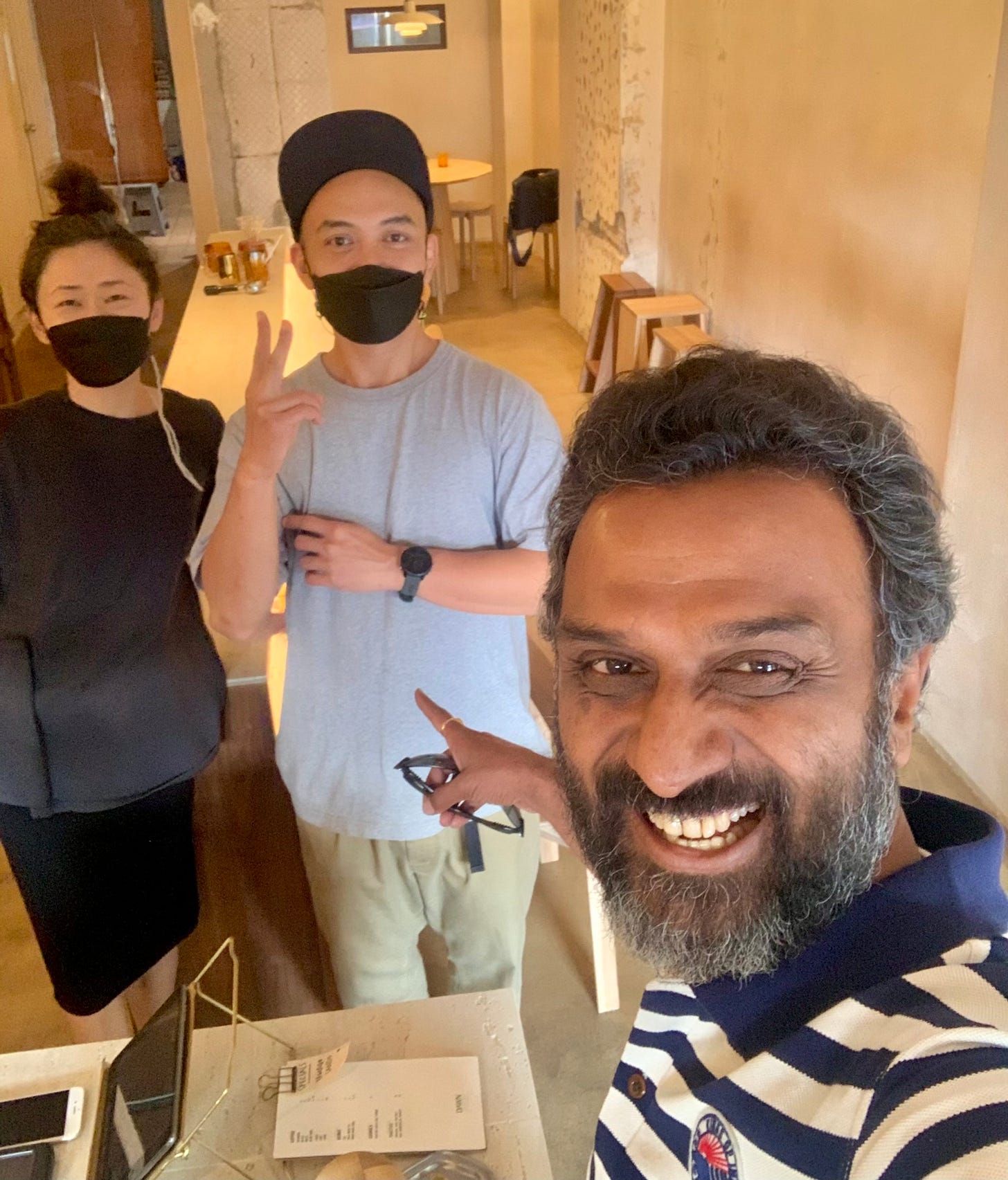

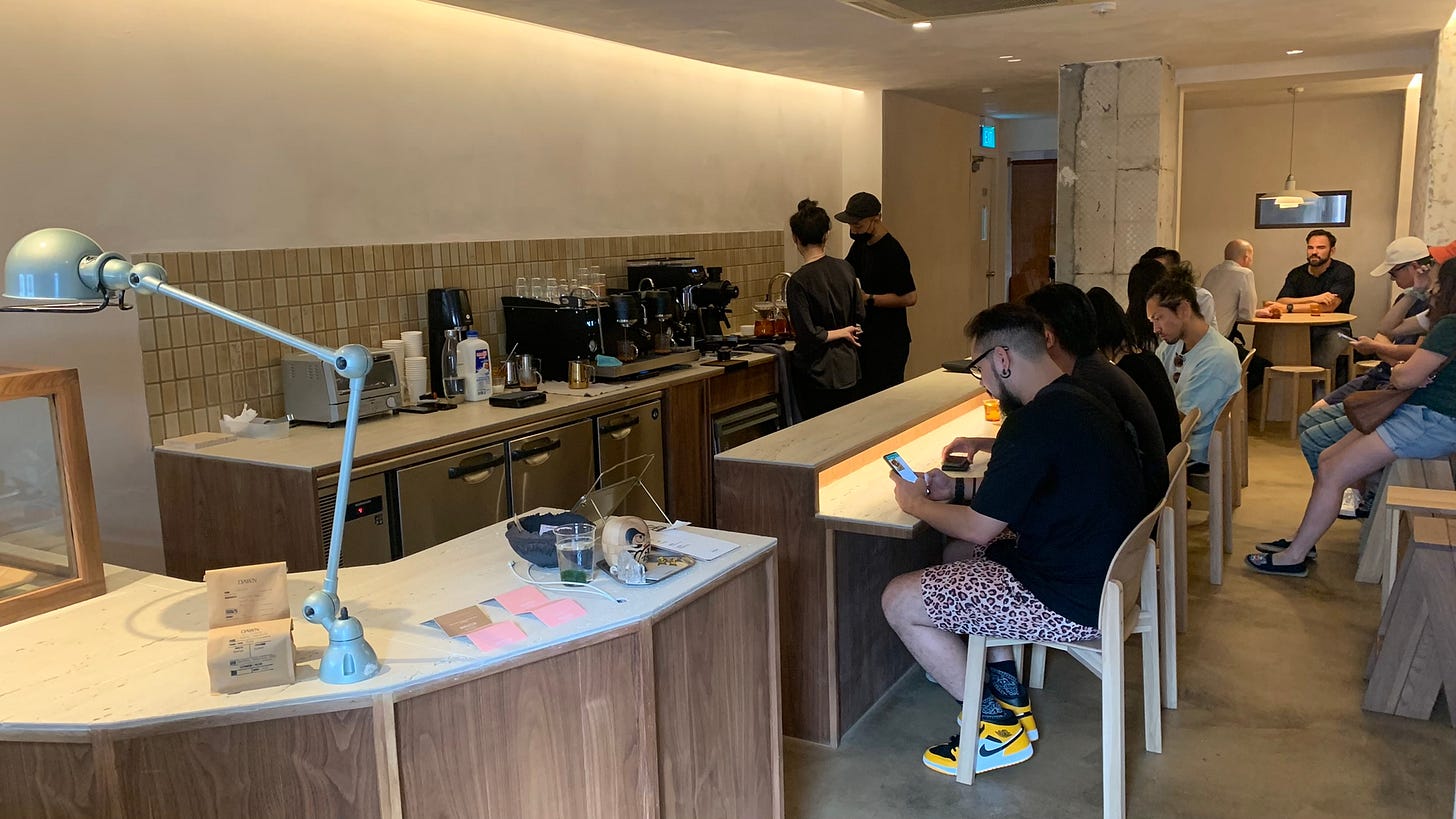
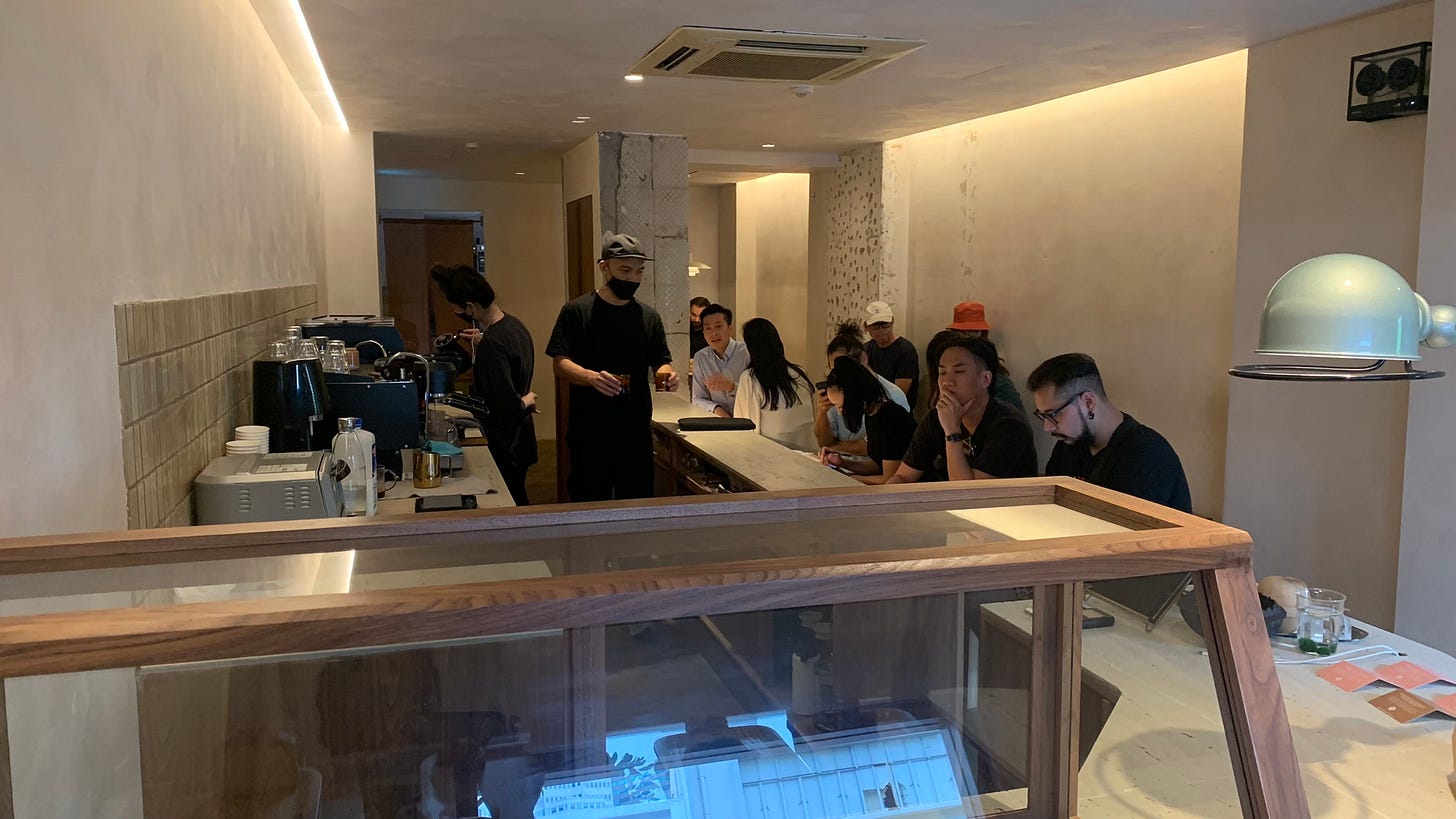


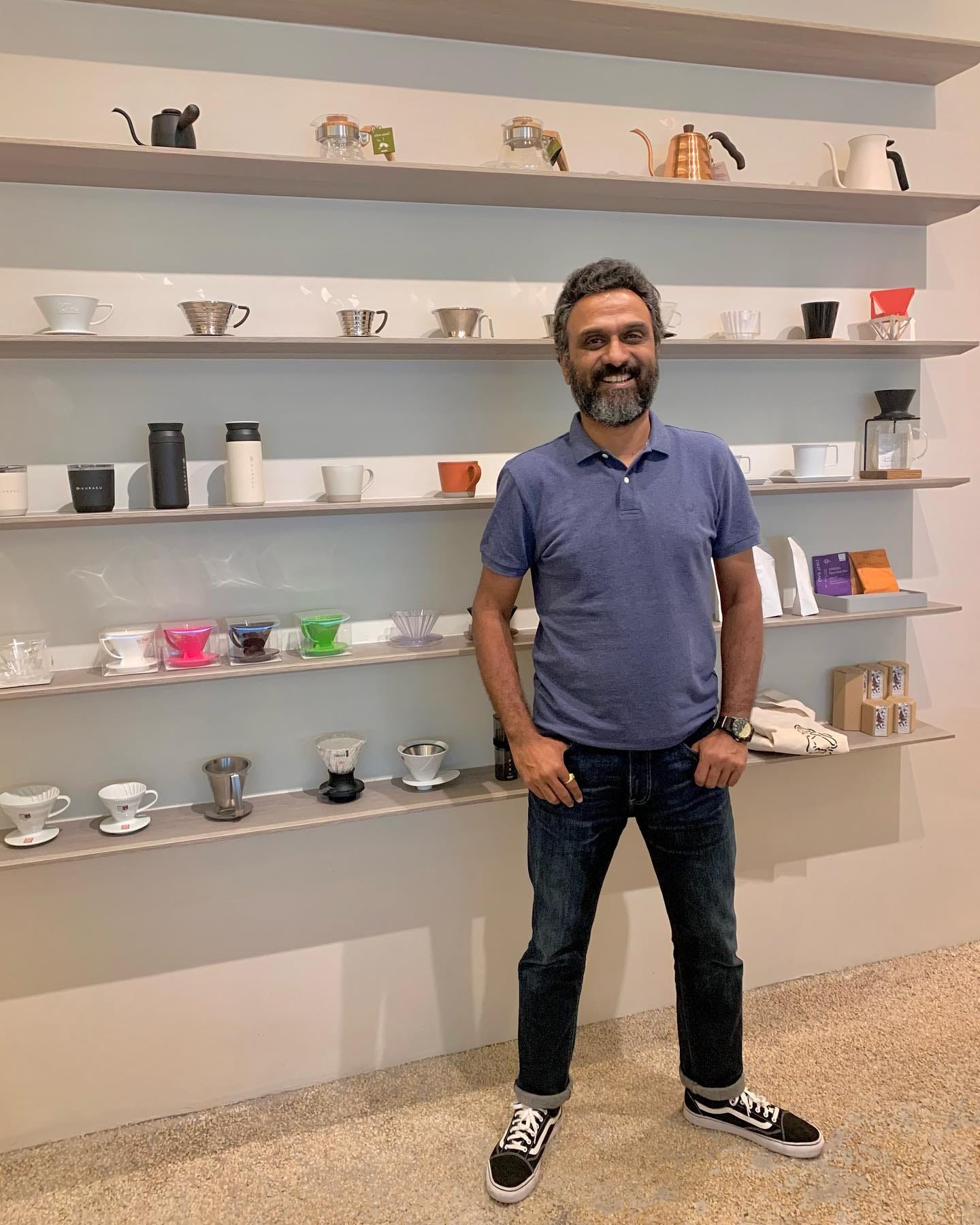
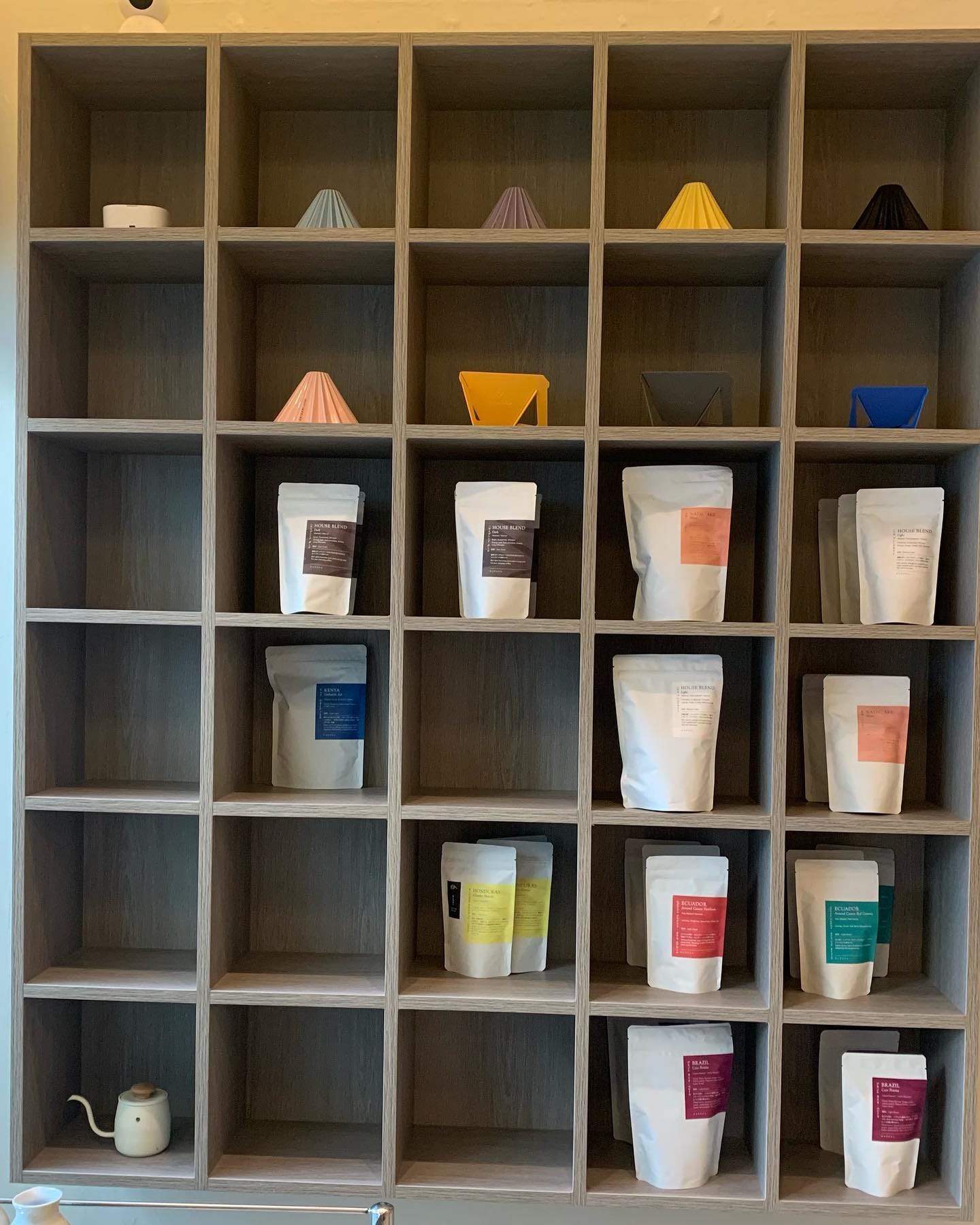
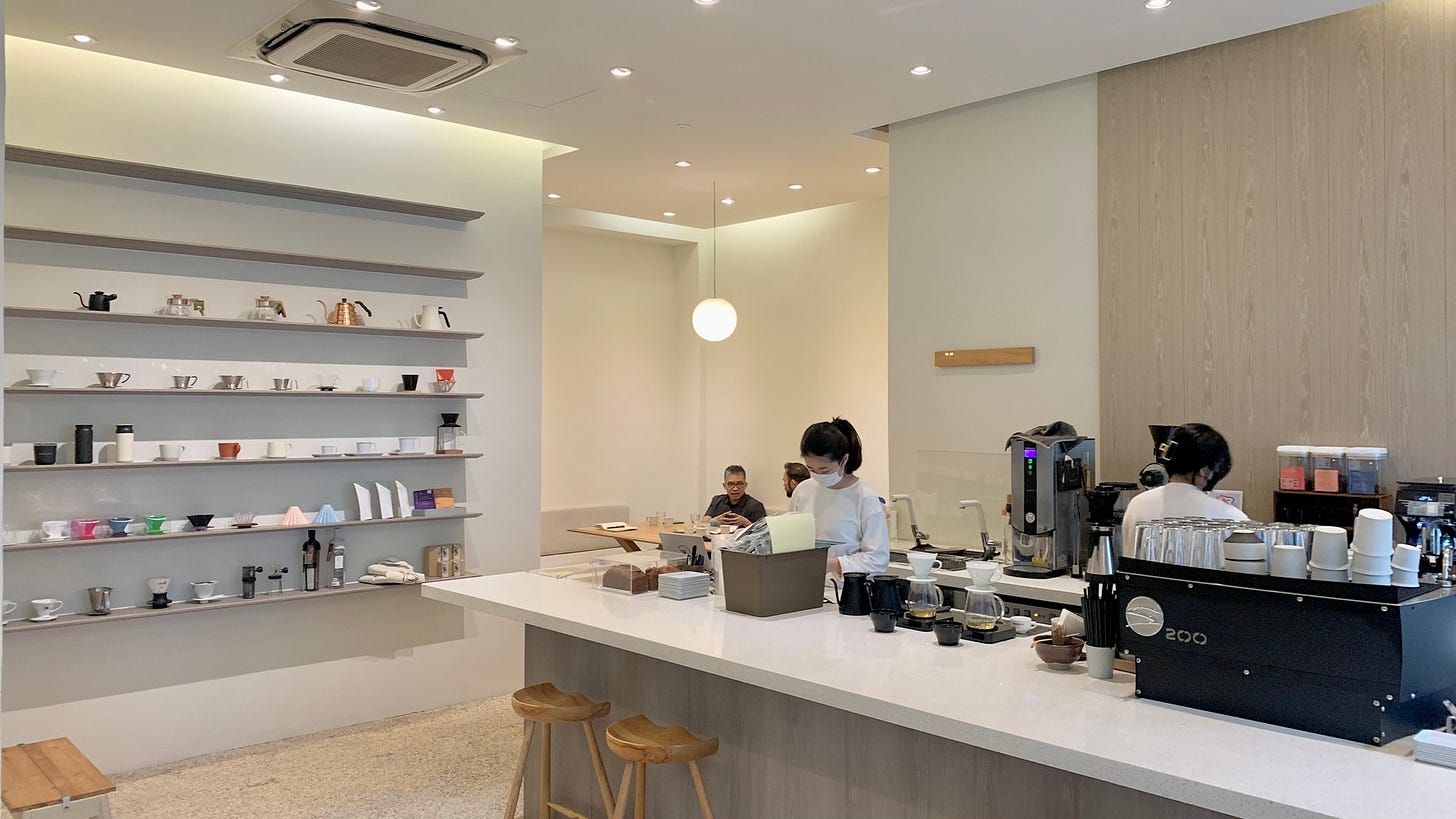

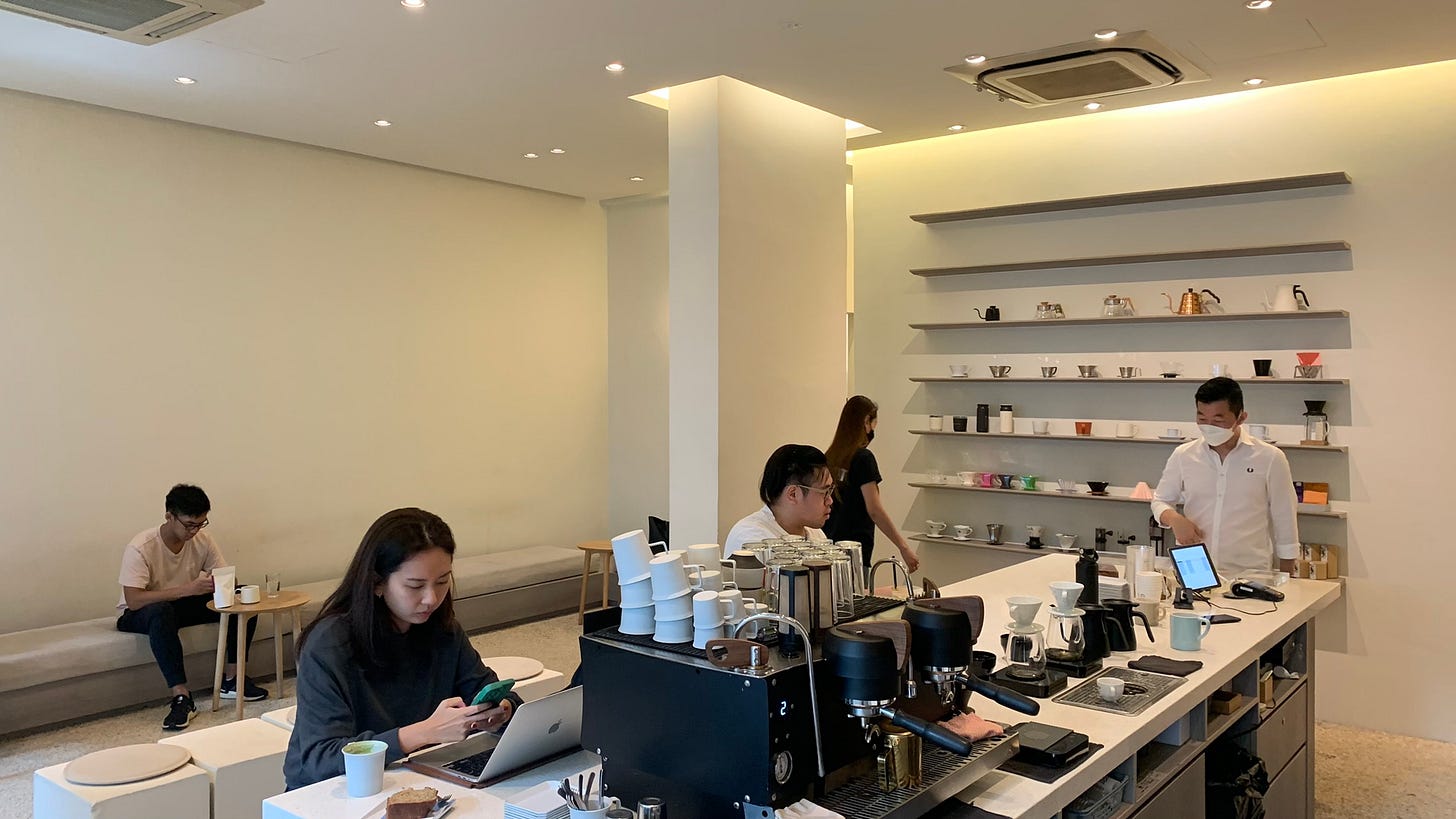
Beautiful post as always mate. You are being new flavours to coffee stories. Enjoyed every bit of it. I shall do less of my lazy brews aka French press and more of my Chemex now on. 😃
That was a great piece. Japanese and coffee? Didn't know all these facts. That was enlightening. TY
Going sugarless from now on.
Cheers,
Bobby